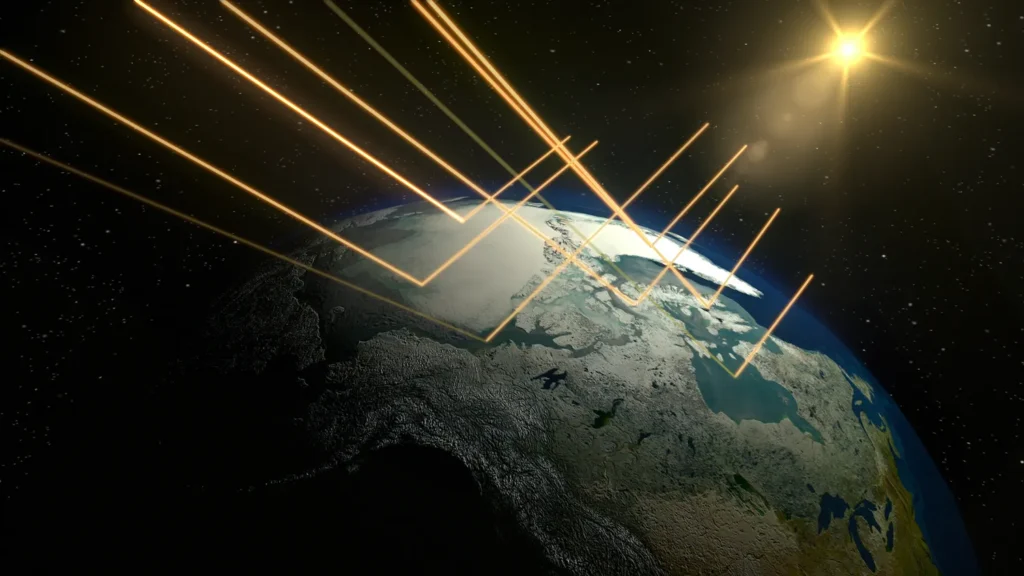Mathematical Modeling
Mathematical Modeling Reset
Modelling the Earth’s Zonal Energy Balance

Modelling the Earth’s Zonal Energy Balance Classroom/Laboratory Activity A laboratory activity to create an energy balance model for planet Earth and obtain numerical solutions for the differential equations in the model. Students will write code (using MATLAB or Mathematica) to model the distribution of the Earth’s surface temperature in response to increasing carbon emissions in […]
Build Climate Models using Python

Build Climate Models using Python Online Course An e-learning course to create climate models in Python through hands-on programming exercises. Students will use Python to model energy balance; ice-albedo feedback; ice sheet dynamics; and pressure, rotation, and fluid flow. Use this tool to help your students find answers to: Derive the parameterized relationship between T, […]
Coding with Python: Modeling the Ice Albedo Feedback

Coding with Python: Modeling the Ice Albedo Feedback Overview As an Undergraduate Earth Sciences, Mathematics or Computer Sciences teacher, you can use this set of computer-based tools to help you teach how to program in Python and build a computational model of the Earth’s climate system. This lesson plan includes discussions, activities, and a detailed […]
Mathematics and Statistics
Search by Resource Type Lesson Plan Teaching Tool Search by Key Topics in Mathematics and Statistics Algebra Calculus Polynomial Differentiation Differentiation Functions Integration Quadratic Regression Introduction To Statistics Linear Regression Mathematical Modeling Mean Median Mode Standard Deviation Probability Confidence Interval Computer Programming Climate Change Overview Reimann Sum Trend Analysis Numerical Modeling Trigonometry Data Science Algebra […]
Modeling Earth’s Carbon

Modeling Earth’s Carbon Model/Simulation A Model/Simulation to learn about the carbon cycle and carbon dioxide projections based on the observed CO2 concentrations from Land, Ocean and Atmospheric reservoirs. The model includes four RCP scenarios based of fossil fuel emissions: activities on the following topics Business as usual Slower Growth Big Reductions Very Aggressive Students can […]
Daisyworld – A Model to Explore the Gaia Hypothesis

Daisyworld – A Model to Explore the Gaia Hypothesis Model/Simulation A Model/Simulation to explore the Gaia hypothesis and the concepts of albedo and hysteresis through the example of daisies (living organisms) and their interaction with temperature (climatic factor). Students will configure the distribution of black daisies and white daisies, the albedo for each of these […]
Climate Change Mathematics by NASA

Climate Change Mathematics by NASA Teaching Module A teaching module by NASA makes the use of basic mathematics, algebra, geometry, trigonometric functions and statistics to understand earth science and climate change. This teaching module consists of a range of topics, for different grade levels, and relates them to mathematical modelling. The topic covered are as […]


